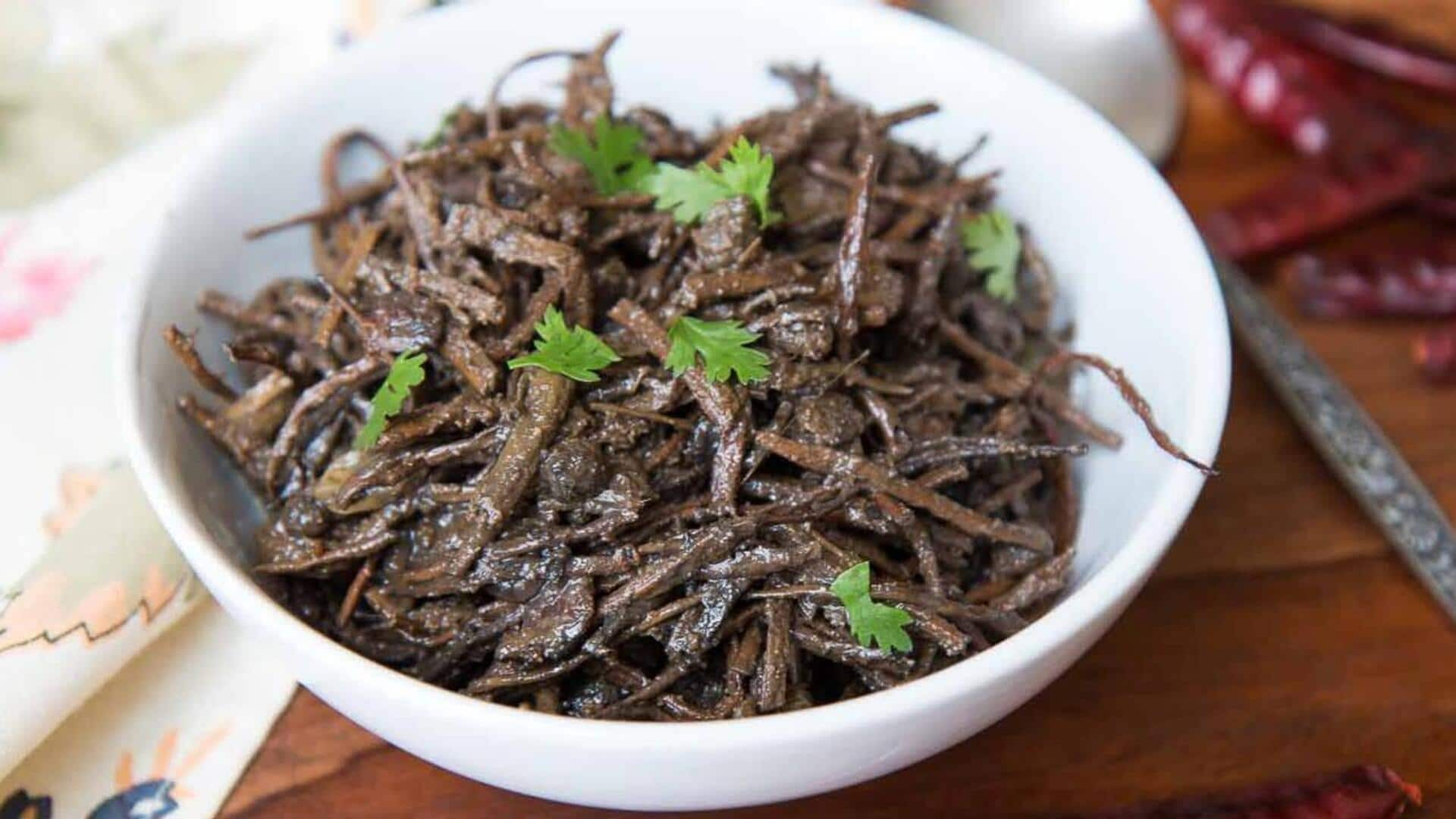
Savor Rajasthani desert bean vegetables
What's the story
Rajasthan, the land of kings and deserts, is also home to a rich culinary heritage. Its cuisine is a testament to the ingenuity of its people who have mastered the art of cooking with limited resources. Among these are beans that thrive in arid conditions, forming the backbone of many traditional dishes. Let's explore five must-have beans that bring Rajasthani flavors to life.
Bean 1
The hearty ker
Ker is a wild berry that grows in desert regions and is often pickled or used in curries alongside other ingredients. When dried, it becomes an indispensable part of the Rajasthani pantry, imparting a tangy flavor that's unique to this region's cuisine. It pairs exceptionally well with sangri, another desert bean, creating a classic dish known as ker sangri.
Bean 2
Versatile sangri
Sangri, harvested from the resilient Khejri tree, is celebrated for its ability to thrive in Rajasthan's harsh desert conditions. These slender, elongated beans are traditionally dried and preserved for long-term use. Once rehydrated, they're cooked into flavorful curries or tangy pickles. Their distinct earthy taste pairs well with a variety of spices, making them a staple in festive and celebratory meals across the region.
Bean 3
Nutritious kumat
Kumat is less known outside Rajasthan but is an integral part of local diets. These small beans are packed with protein and adapt well to simple and spicy preparations alike. They can be soaked overnight and cooked into stews or mixed with other vegetables for a wholesome meal that truly represents the heartiness of Rajasthani cuisine.
Bean 4
Flavorful gunda
Gunda, known as gum berry or lasoda, brings a unique texture and flavor to dishes. It serves as a natural thickener for gravies with its sticky interior upon cooking. Commonly found in pickles or sabzis (vegetable dishes), gunda contributes a distinctive touch that's hard to find with any other ingredient, making it a valuable addition to the Rajasthani cuisine.
Bean 5
Piquant gawar
Gawar, or cluster beans, are slender green beans adding crunchiness to dishes. Widely used throughout India and especially favored in Rajasthan for their drought-resistant qualities, they can be stir-fried with spices or cooked into curries. Being high in fiber, gawar is not just tasty but also promotes good digestion, making it a beneficial addition to any meal.